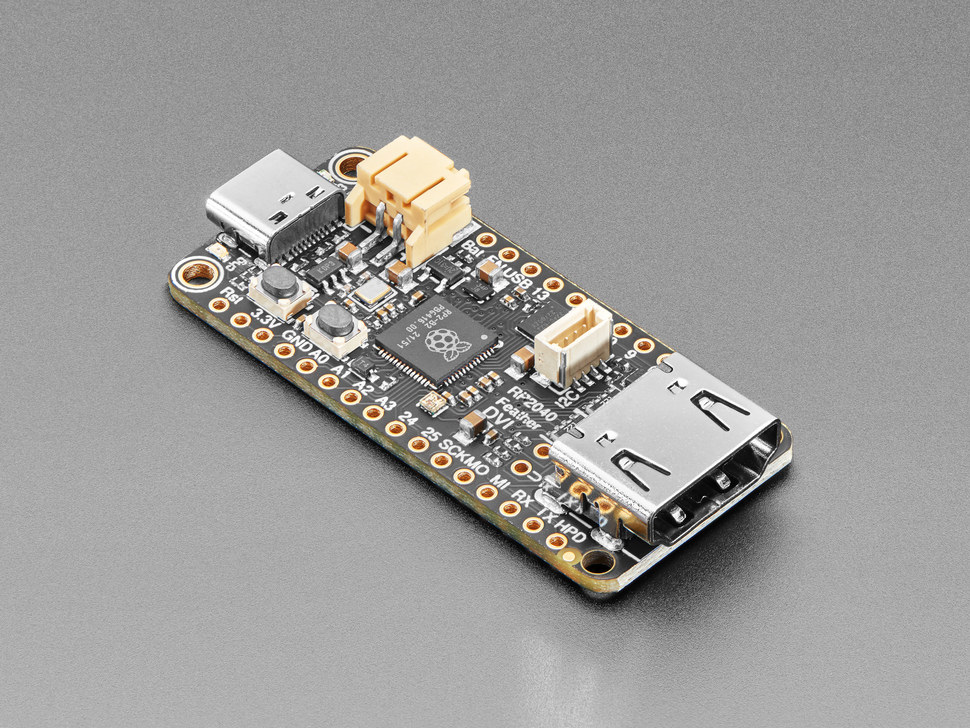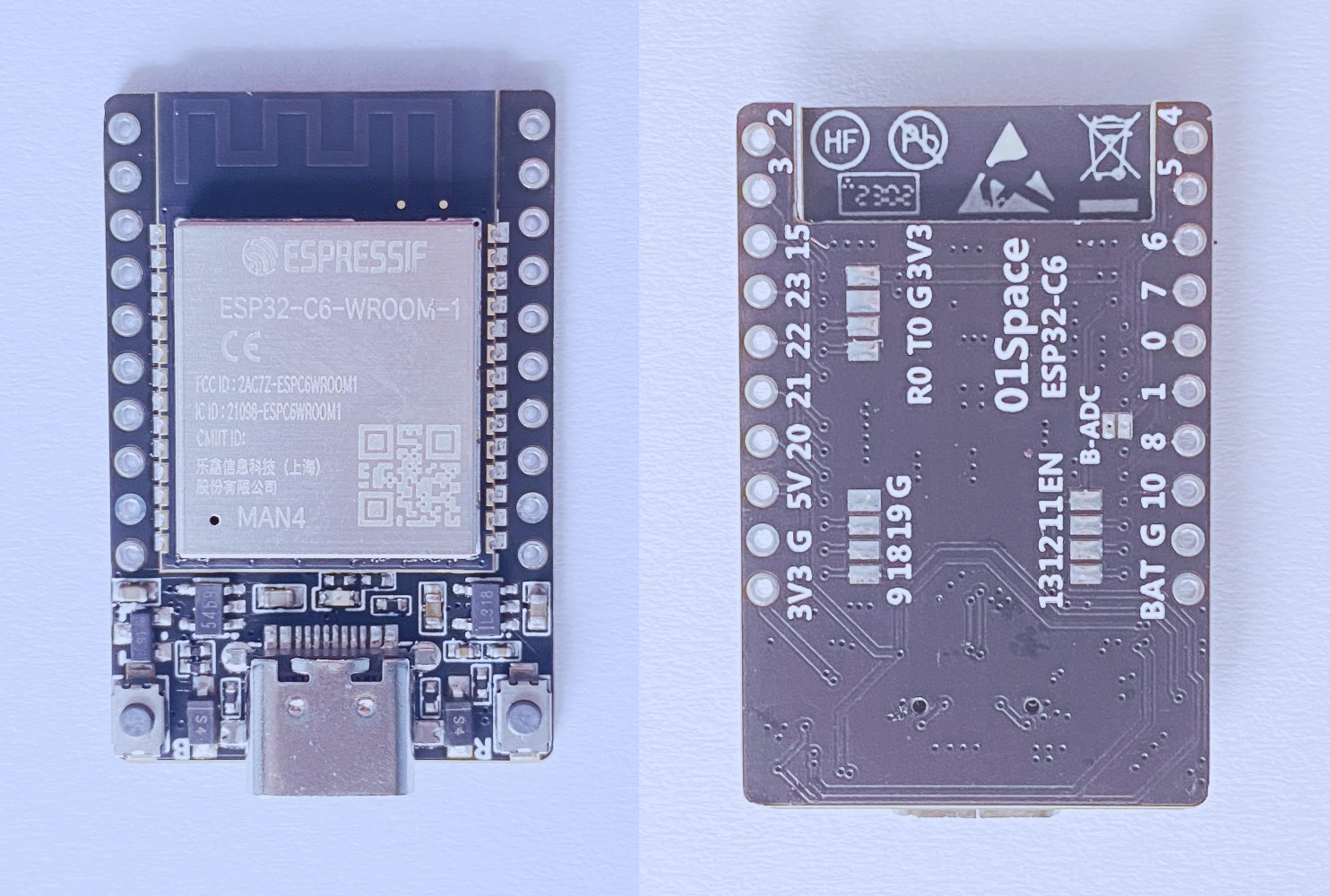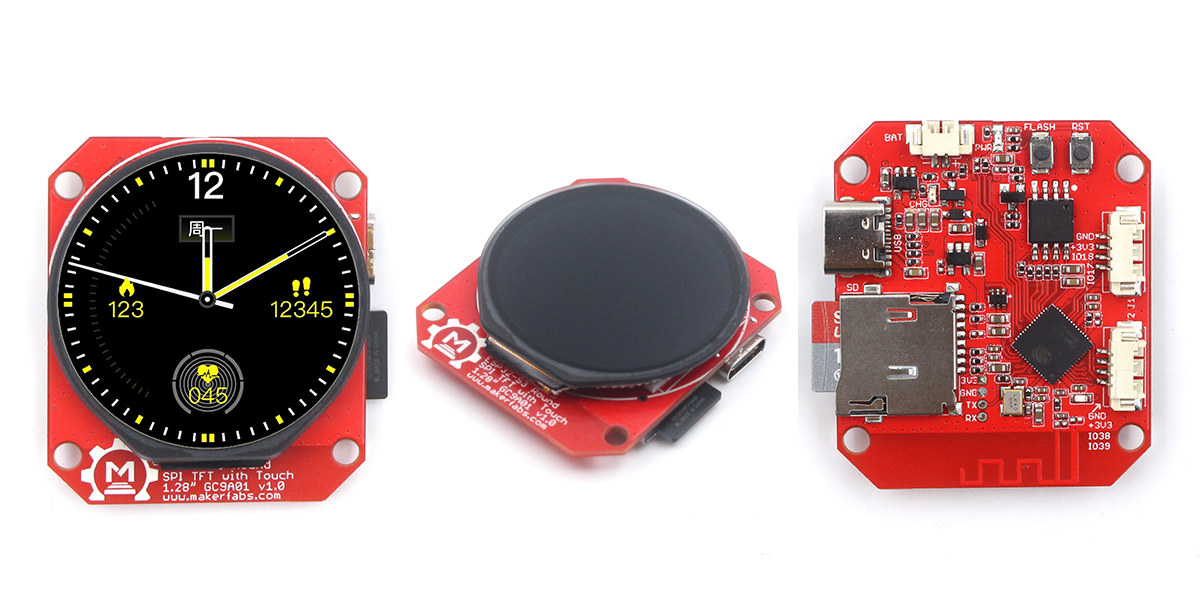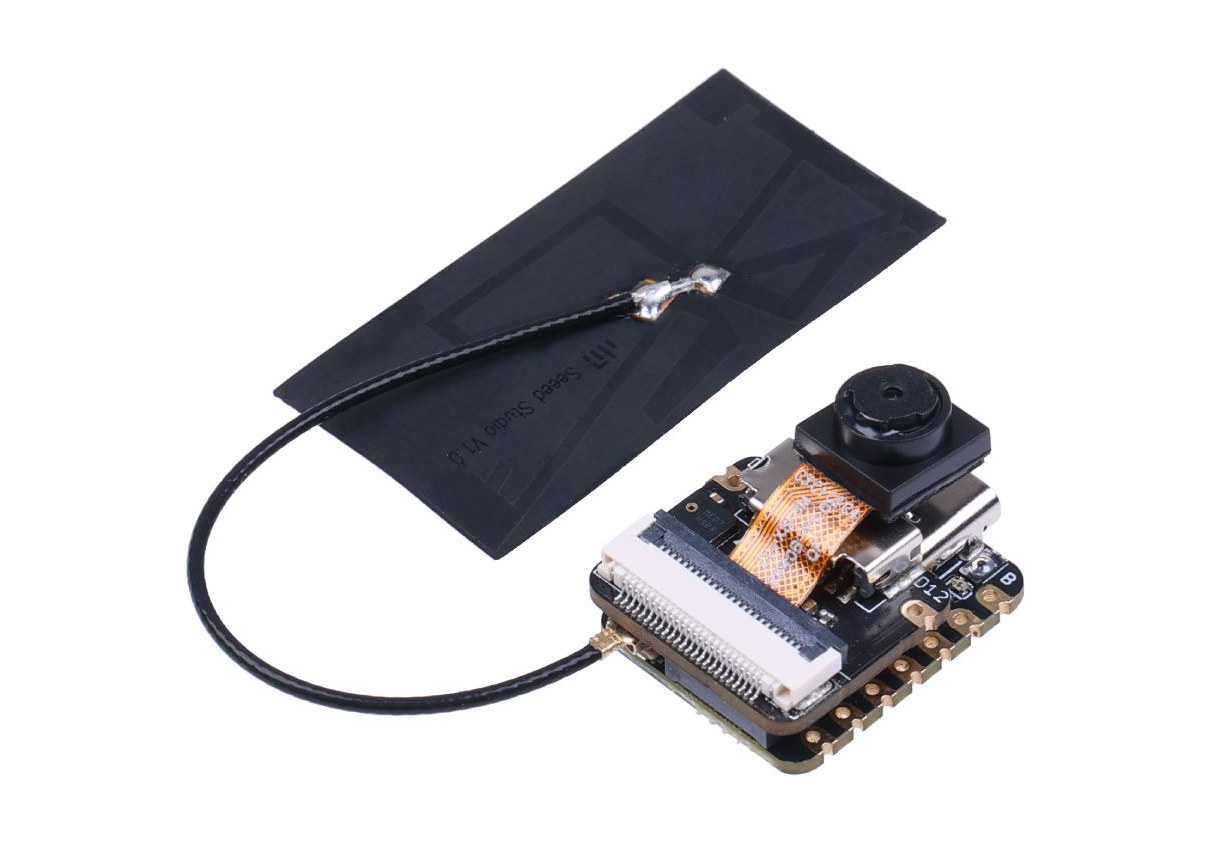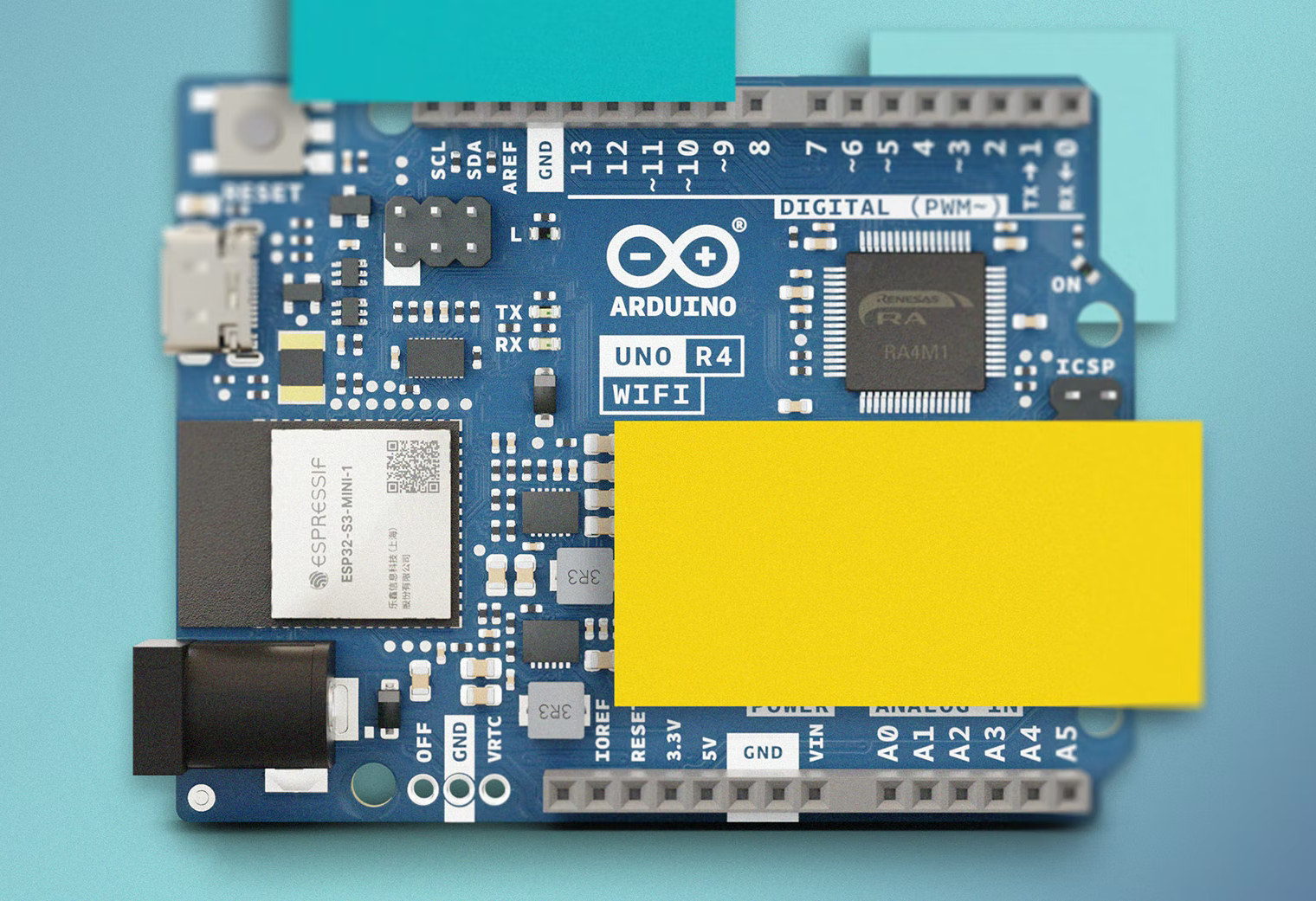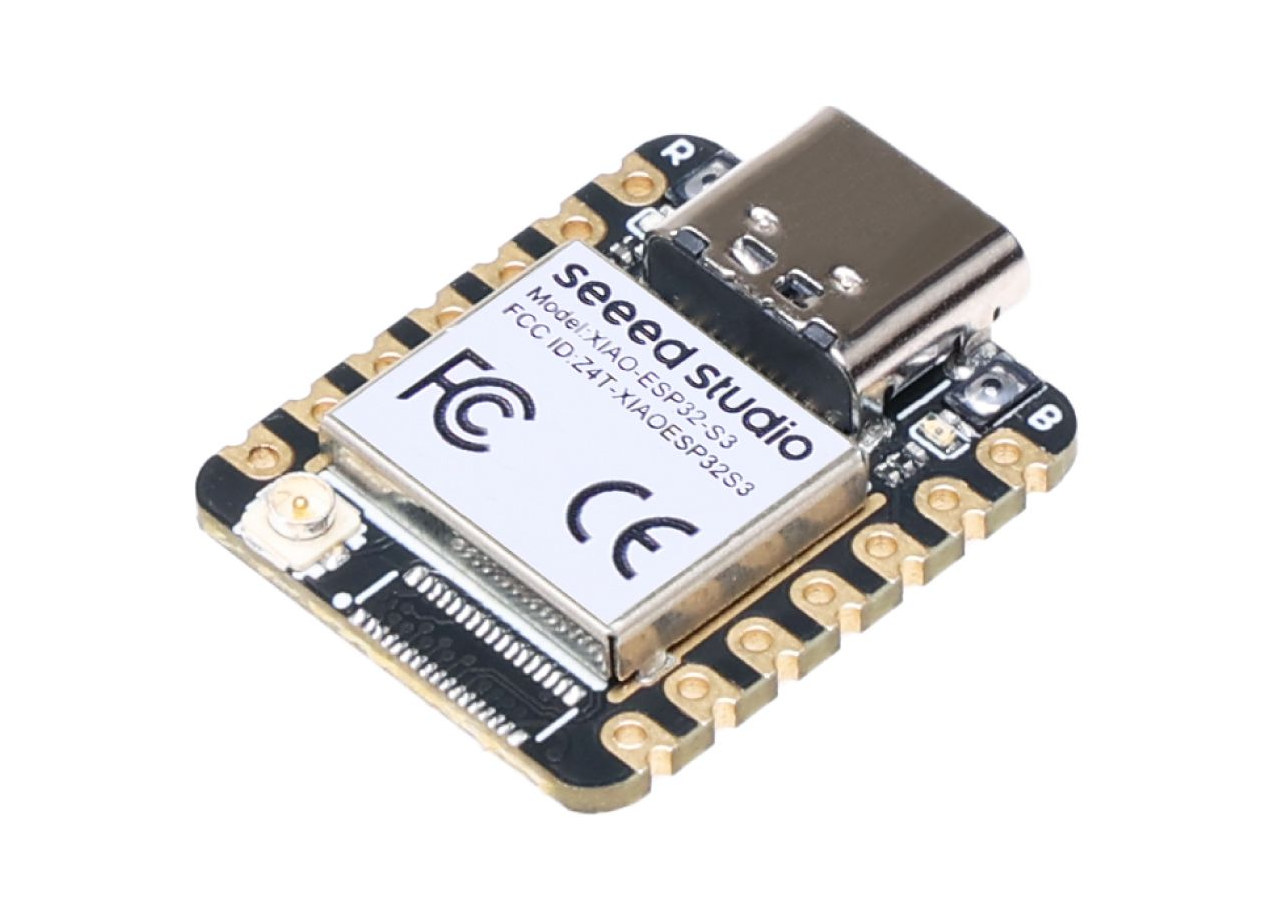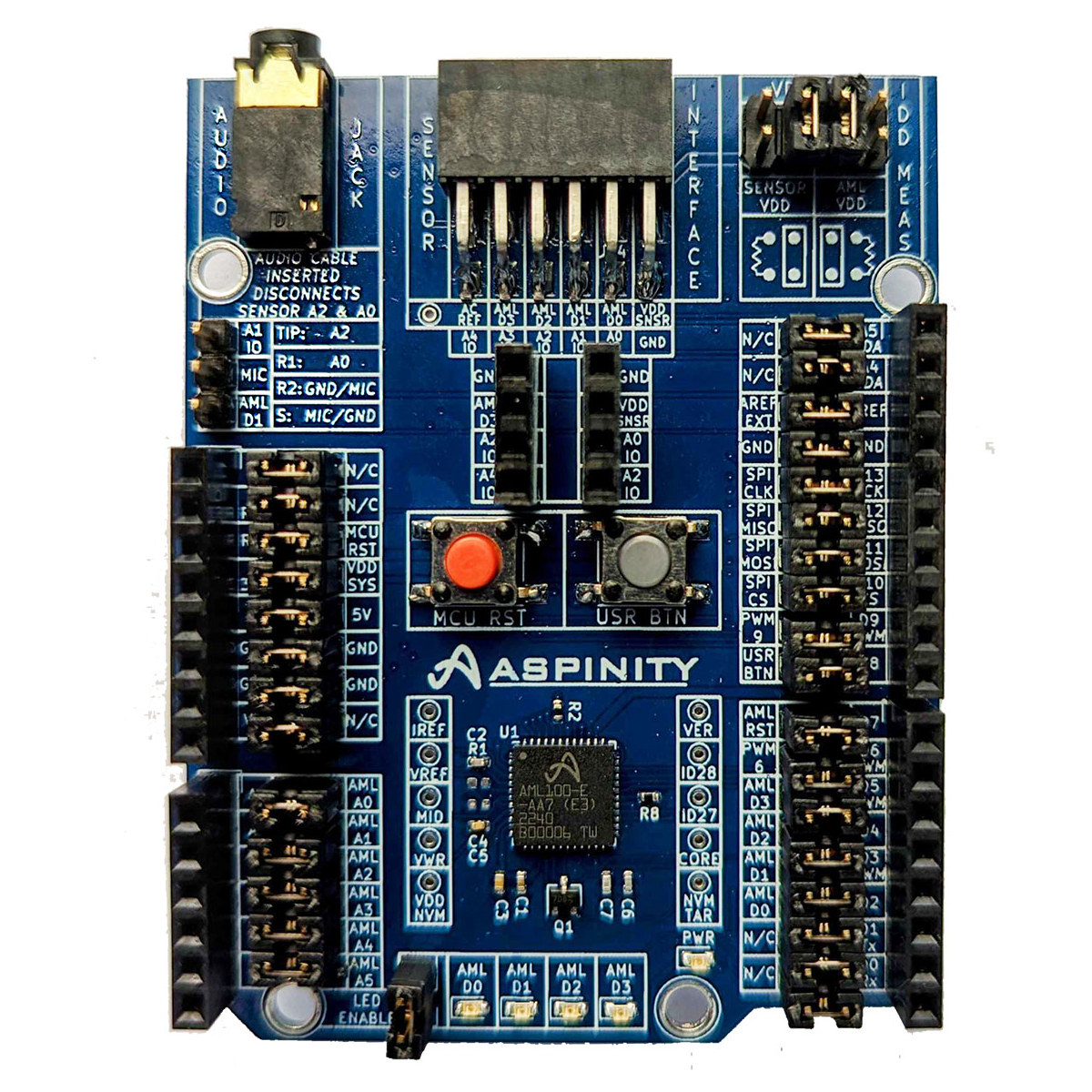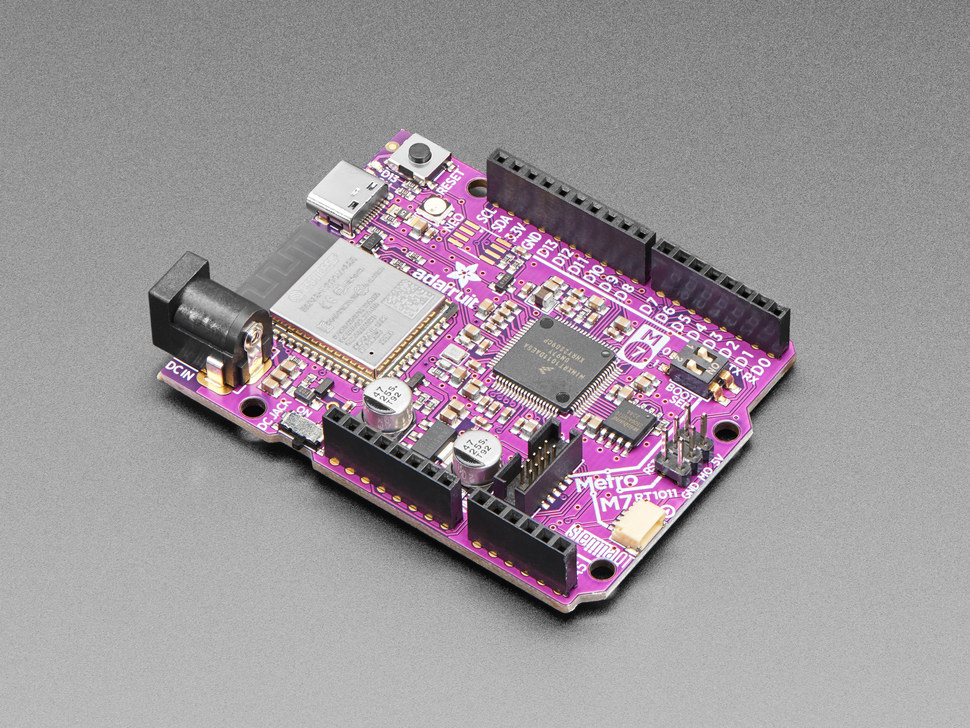“Adafruit Feather RP2040 with DVI Output Port” is another Raspberry Pi RP2040 board with an HDMI port that can output DVI video signal (no audio) to most TVs or monitors with an HDMI input port thanks to the PicoDVI project. The board builds upon the company’s Adafruit Feather RP2040 with the HDMI port adding just a few dollars. Adafruit Feather RP2040 with DVI Output Port specifications: MCU – Raspberry Pi RP2040 dual-core Arm Cortex M0+ microcontroller ~125 MHz (but it should be overclocked for DVI output) with 264 KB RAM Storage – 8MB SPI flash Video Output – 1x HDMI port for DVI output up to 320×240 or 400×240 resolution with 16-bit pixels, I2C signals to read EDID data, plus CEC and Utility pads broken out USB – 1x USB Type-C port I/Os Adafruit Feather compatible headers Up to 21x GPIOs 2x I2C, 2x SPI, 2x UART 4x 12-bit ADC […]
Tiny ESP32-C6 IoT board supports 2.4 Ghz WiFi 6, Bluetooth 5.0 Low Energy, and 802.15.4 radio
01Space has designed a tiny ESP32-C6 IoT board with WiFi 6 and Bluetooth LE 5.0 connectivity built around the ESP32-C6-WROOM-1 wireless module, and exposing I/Os through two 10-pin headers. Espressif launched their ESP32-C6 modules and development kits last January, and the 01Space is the first third-party ESP32-C6 board we’ve covered. It’s a minimal board with a wireless module, a USB Type-C port for power and programming, and Reset and Boot buttons. 01Space ESP32-C6 board specifications: Wireless module – ESP32-C6-WROOM-1-N4 module with Espressif Systems ESP32-C6 single core 32-bit RISC-V processor @ 160 MHz with 2.4 Ghz WiFi 6 1T1R, Bluetooth LE 5.0, and 802.15.4 radio for Zigbee/Thread/2.4GHz proprietary Storage – 4MB SPI flash Onboard PCB antenna USB – 1x USB Type-C port for power and programming I/Os – 2x 10-pin headers with UART, I2C, I2S, RMT (TX/RX), LED PWM, USB Serial/JTAG controller, etc… 5V, 3.3V, VBAT, GND Misc – Reset and […]
ESP32-S3 based 1.28-inch round touchscreen display supports Arduino programming
Makerfabs “ESP32-S3 Round SPI TFT with Touch 1.28″ is a small ESP32-S3 with a 1.28-inch round color touchscreen display, a microSD card, support for USB and battery power, and two “Mabee” extension connectors. The board joins other ESP32-S3 round display boards such as the Lilygo T-RGB board or Seeed Studio’s Round Display for XIAO, but with a thinner design, and a square PCB with trimmed corners instead of a round PCB like the other two. ESP32-S3 Round SPI TFT with Touch 1.28″ (E32S3128GC) specifications: Wireless MCU – Espressif Systems ESP32-S3R8 dual-core Tensilica LX7 microcontroller @ 240 MHz with vector extension, 512KB SRAM, 8MB PSRAM, Wi-Fi 4 & Bluetooth 5.0 dual-mode (Classic + BLE) connectivity Flash – 128 Mbit (16MB) W25Q128JV SPI flash, microSD card slot Display – 1.28-inch round LCD with 240×240 resolution (GC9A01 SPI driver), touchscreen controller (CST816S) USB – 1x USB Type-C port Expansion 1x 4-pin Mabee I2C […]
XIAO ESP32S3 board gets some senses with a camera and microphone module, plus a round touchscreen display
Last week, we wrote about the new XIAO ESP32S3, a tiny ESP32-S3 board from Seeed Studio. The company has now launched the XIAO ESP32S3 Sense adding a camera and microphone module connected through a board-to-board connector, as well as the Round Display for XIAO that can help people easily create wearable devices with a touchscreen based on any board from the XIAO family. XIAO ESP32S3 Sense XIAO ESP32S2 Sense specifications: Wireless MCU – Espressif Systems ESP32-S3R8 dual-core Tensilica LX7 microcontroller @ 240 MHz with 512KB SRAM, 8MB PSRAM, Wi-Fi 4 & Bluetooth 5.0 dual-mode (Classic + BLE) connectivity Storage – 8MB SPI flash, microSD card slot Antenna – External u.FL antenna USB – USB Type-C port for power and programming Camera – OV2640 camera sensor up to 1600×1200 resolution Audio – Built-in digital microphone Expansion I/Os 2x 7-pin headers with 1x UART, 1x I2C, 1x SPI, 11x GPIO (PWM), 9x […]
Arduino UNO R4 Renesas RA4M1 32-bit maker board offered with optional ESP32-S3 WiFI & BLE module
Arduino have launched an upgrade to their 8-bit Arduino UNO R3 board with the Arduino UNO R4 featuring a 48 MHz Renesas RA4M1 Arm Cortex-M4F 32-bit microcontroller, and an optional ESP32-S3 module for WiFi 4 and Bluetooth 5.0 connectivity. The new Arduino UNO R4 offered improved performance and greater resources since the MCU is clocked three times faster than the 8bit AVR MCU found in the UNO R3, the board gets sixteen times more RAM (32KB vs 2KB to 32kB) and eight times more flash memory (256KB vs 32kB). The USB Type-B device port has been upgraded to a more modern USB Type-C port and the UNO R4 can take up to 24V supply voltage. Arduino UNO R4 (preliminary) specifications: Microcontroller – Renesas RA4M1 Arm Cortex-M4F MCU @ 48 MHz with 32KB SRAM, 256KB flash. 8KB dataflash Wireless (Arduino UNO R4 WiFi only) – ESP32-S3-MINI-1 module based on ESP32-S3 dual-core […]
XIAO ESP32S3 is a tiny ESP32-S3 WiFi 4 and BLE 5.0 module for IoT, AI, and robotics
Seeed Studio XIAO ESP32S3 is the new member of the company XIAO family with an ESP32-S3 dual-core wireless microcontroller with WiFi 4 and BLE 5.0 designed for Smart Home, IoT, wearables, and Robotics applications. It succeeds the single-core ESP32-C3-based XIAO ESP32C3 board with the same form factor, but the new XIAO ESP32S3 offers more performance, vector extension for machine learning, more flash, and improved power consumption in deep sleep mode. Seeed Studio XIAO ESP32C3 specifications: Wireless MCU – Espressif Systems ESP32-S3R8 dual-core Tensilica LX7 microcontroller @ 240 MHz with 512KB SRAM, 8MB PSRAM, Wi-Fi 4 & Bluetooth 5.0 dual-mode (Classic + BLE) connectivity Storage – 8MB SPI flash Antenna – External u.FL antenna USB – USB Type-C port for power and programming Expansion I/Os 2x 7-pin headers with 1x UART, 1x I2C, 1x SPI, 11x GPIO (PWM), 9x ADC 3.3V I/O voltage (not 5V tolerant) Debugging – JTAG pads Misc […]
Aspinity AB2 AML100 Arduino Shield supports ultra-low-power analog machine learning
Aspinity AB2 AML100 is an Arduino Shield based on the company’s AML100 analog machine learning processor that reduces power consumption by 95 percent compared to equivalent digital ML processors, and the shield works with Renesas Quick-Connect IoT platform or other development platforms with Arduino Uno Rev3 headers. The AML100 analog machine learning processor is said to consume just 15µA for sensor interfacing, signal processing, and decision-making and operates completely within the analog domain offloading most of the work from the microcontroller side that can stay its lowest power state until an event/anomaly is detected. Aspinity AB2 AML100 Arduino Shield specifications: ML chip – Aspinity AML100 analog machine learning chip Software programmable analogML core with an array of configurable analog blocks (CABs) with non-volatile memory and analog signal processing Processes natively analog data Near-zero power for inference and events detection Consumes <20µA when always-sensing Reduces analog data by 100x Supports up […]
Arduino UNO compatible Adafruit Metro M7 features 500 MHz NXP i.MX RT1011 Cortex-M7 SoC
Adafruit Metro M7 is a development board based on a 500 MHz NXP i.MX RT1011 Arm Cortex-M7 crossover MCU that follows Arduino UNO form factor and integrates the ESP32-based “AirLift” WiFi module for wireless connectivity. The board also comes with 4MB QSPI storage, a few LEDs and buttons, a Qwiic connector for additional expansion beyond Arduino Shields, and an SWD connector for debugging. The board takes 6V to 12V DC input via a power barrel jack, but can also be powered through its USB Type-C port. Adafruit Metro M7 specifications: SoC – NXP iMX RT1011 crossover microcontroller with an Arm Cortex-M7 clocked at 500 MHz and 128KB SRAM/TCM Storage – 4MB of QSPI XIP Flash Wireless – AirLift WiFi co-processor with TLS/SSL support (better known as ESP32-WROOM-32) USB – 1x USB Type-C port for power and programming Expansion Arduino UNO headers for Arduino shields compatibility STEMMA QT connector for I2C […]


